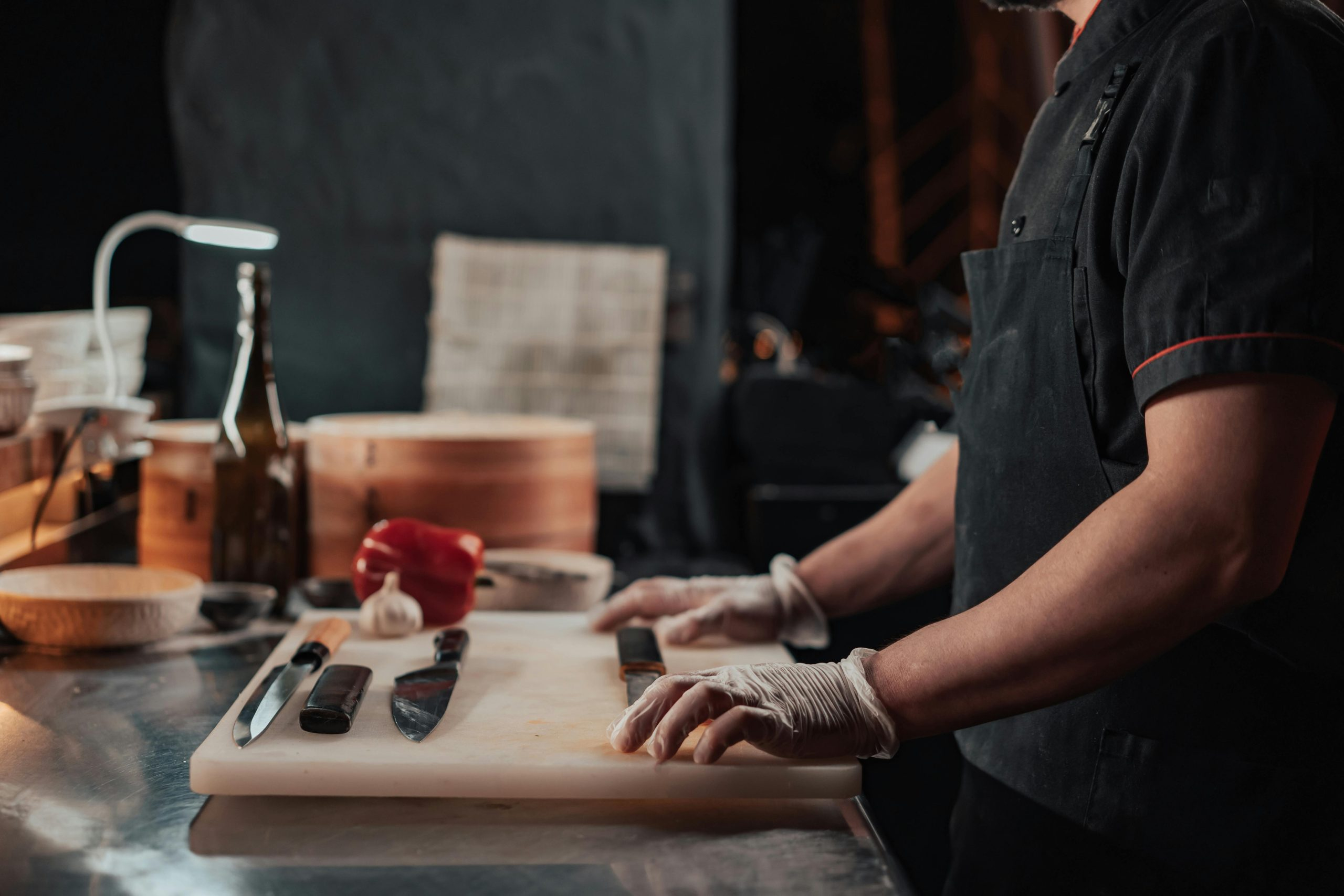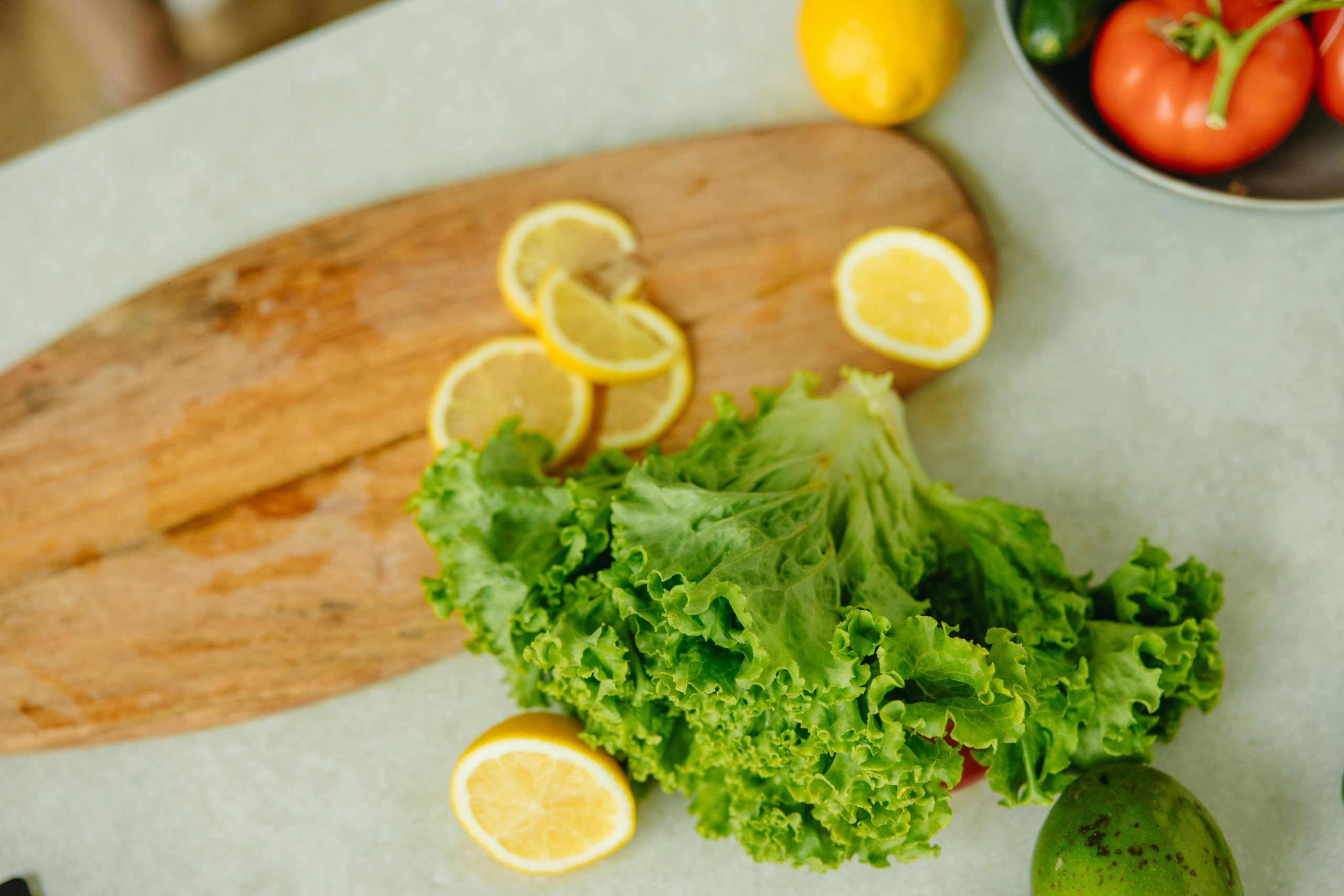Restaurant Kitchens Behind the Scenes
Welcome to the inner sanctum of every restaurant – the kitchen. It’s a world that is often hidden from the view of customers, but is essential to the success of any restaurant. The kitchen is where the magic happens, where ingredients are transformed into mouthwatering dishes that keep customers coming back for more. In this article, we’ll take a behind-the-scenes look at restaurant kitchens and uncover the secrets that make them the heart and soul of every dining establishment.
The Layout of a Restaurant Kitchen
A restaurant kitchen is not your average home kitchen. It’s a carefully designed space that is optimized for efficiency and speed. The layout of a restaurant kitchen is often divided into different stations, with each station responsible for a specific type of food or task. For example, you’ll often find a cold station for salads and cold appetizers, a hot station for cooking meats and vegetables, and a pastry station for desserts. This division of labor ensures that each dish is made with the utmost care and attention.
Behind the Scenes: The Prep Work
One of the key factors that make restaurant kitchens run smoothly is the prep work. A lot of work goes into preparing ingredients before they even hit the stove. Chefs spend hours prepping vegetables, marinating meats, and making sauces and dressings. This ensures that everything is ready to go when the orders start coming in, and the kitchen can keep up with the busy pace of a restaurant. This behind-the-scenes prep work is what makes restaurant food consistently delicious and well-executed.
The Importance of Timing and Coordination
Timing is everything in a restaurant kitchen. From the moment an order is placed, the clock starts ticking. Every dish must be cooked to perfection and plated in a timely manner to ensure a seamless dining experience for guests. This requires a high level of coordination and communication between the different stations and the chefs. It’s a well-choreographed dance in which everyone has a specific role to play, and timing is key to making it all come together.
The Role of Head Chefs and Sous Chefs
Behind every successful restaurant kitchen is a strong leadership team. Head chefs are responsible for creating and executing the menu, overseeing the entire kitchen operation, and ensuring that every dish meets the restaurant’s standards. They are the masters of their craft, with years of experience and culinary expertise. Working closely with head chefs are sous chefs, who assist in managing the kitchen and are responsible for supervising and training the kitchen staff.
The Importance of Cleanliness and Sanitation
In a restaurant kitchen, cleanliness is not just a good practice – it’s a necessity. With so much activity and food handling, maintaining a high level of cleanliness and sanitation is crucial for the health and safety of both the staff and the customers. Restaurant kitchens adhere to strict hygiene and sanitation standards, with regular cleaning and sanitizing of all surfaces, equipment, and utensils. This ensures that the food that is being served is safe and free from any potential contaminants.
The Role of Teamwork in the Kitchen
A restaurant kitchen is a fast-paced, high-stress environment, which requires a lot of hard work and dedication from every member of the team. It’s not a job for the faint of heart, and it takes a strong team to keep the kitchen running smoothly. Teamwork is essential in a restaurant kitchen, with everyone working together towards a common goal – creating unforgettable dining experiences for customers.
Conclusion
Restaurant kitchens are the engines that keep the restaurant industry running. From the prep work to the coordination and perfect timing, there is a lot that goes into creating a dish that not only looks good but tastes even better. The next time you dine at a restaurant, take a moment to appreciate the hard work that happens behind the scenes in the kitchen. It’s what makes eating out such a delight and keeps us coming back for more.











